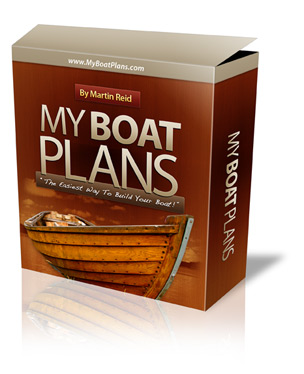Why Clinker Part 2 The Pox
But then came the epoxy and fibreglass. The boat looks wooden, smelled wooden, has bits of wood you can actually touch but the wonderful scent of cedar and the sound of the plane and saw are buried in my memory by the hideousness that was the sheathing.
I spent more time wearing a mask (with a range of filters) than I did working wood.
The mess was astonishing. Im sure with practise I could get neater but Id rather practise something else.
When I was 12 my Dad, brother and I built a small plywood sharpie using fibreglass tape and epoxy. Theres no doubt that it planted the seed of my obsession but I remember the construction as a carefully planned series of dangerous events. A spinning wheel of finger death to cut the sheets, a dangerous chemical reaction to put them back together. When we sat back to admire our construction it was with pride and some relief.
So if boatbuilding is to be a pleasure for me it must:
- Be quiet (or at least not be full of the scream of power tools)
- Generate as little dust as possible
- Allow a conversation unimpeded by masks
- Not be a danger to wildlife or small children
- Be mostly about wood
That rules out stitch and glue, strip planking, cold moulding and glued lap/clinker.
That leaves clinker and carvel. Oddly they have more than just tradition in common. They are probably the hardest methods to learn.
Subscribe to:
Post Comments (Atom)



0 comments:
Post a Comment